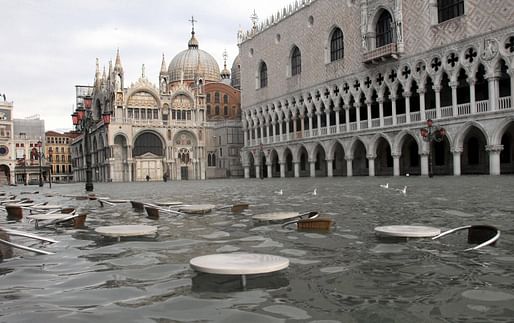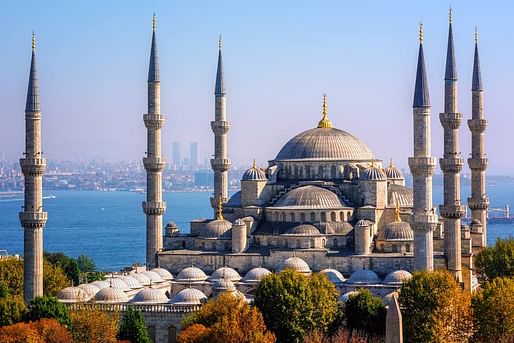
From the sinking city of Venice to the mass bleaching of Australia's Great Barrier Reef, climate change is drastically impacting some of the world's most treasured heritage sites. To date, over 1,000 bucket-list locations have earned a spot on UNESCO's World Heritage list on account of their "outstanding universal value" to humanity. But, if the world continues to warm, many of these landmarks may lose some of those "outstanding" values or even cease to exist at all. — CNN
As of 2019, one out of four UNESCO World Heritage Sites is under threat by climate change, each with few protections against their respective worst case scenarios. Increased humidity, rising sea levels and other climatological factors are newly placing increased pressure of century and millennia-old structures that have been the symbols of permanence throughout known history. Here are a few that fall under such threats:

1. Piazza San Marco. Venice, Italy
Spread out over 118 islands, Venice as a city has knowingly been under threat by rising sea levels and land subsidence for several years. However, its Piazza San Marco, one of the oldest and most prized plazas in all of Europe, is in an especially precarious position - just steps from the island's edges.
2. Rapa Nui (Easter Island)
The Chilean Island of Rapa Nui, world famous for its mysterious Moai monoliths buried half-way across its landscape, is currently being eroded by increasing sea levels and higher-than-average waves.

3. Thu Bon River. Hoi An, Vietnam
Though much of the city of Hoi An is two meters or less above sea level, its historic old town of over 800 wooden-framed buildings from the 16th and 17th centuries are presented with climatological threats unseen in previous centuries.

4. Mount Everest. Sagarmatha National Park, Nepal
The famed mountain of Nepal's Sagarmatha National Park has been seeing increasingly raised temperatures in the last several decades, which has caused glaciers in the ridge to melt and otherwise retreat. This will make traversing the mountain increasingly difficult for hikers and native animals alike.

5. Sultan Ahmed Mosque. Istanbul, Turkey
First constructed in 1616, Sultan Ahmed Mosque has seen many renovations in its 400-year history. However, it is newly threatened by increasing temperatures and sea level rise that can negatively effect its base level and material palette.
1 Comment
One out of 4 is a stunning stat. Do you have a link to the source? I'd like to use it. Exacerbating this problem is something referred to now as 'overtourism' - see, for example, Thomas Vonier on this (https://www.linkedin.com/pulse...)
Block this user
Are you sure you want to block this user and hide all related comments throughout the site?
Archinect
This is your first comment on Archinect. Your comment will be visible once approved.